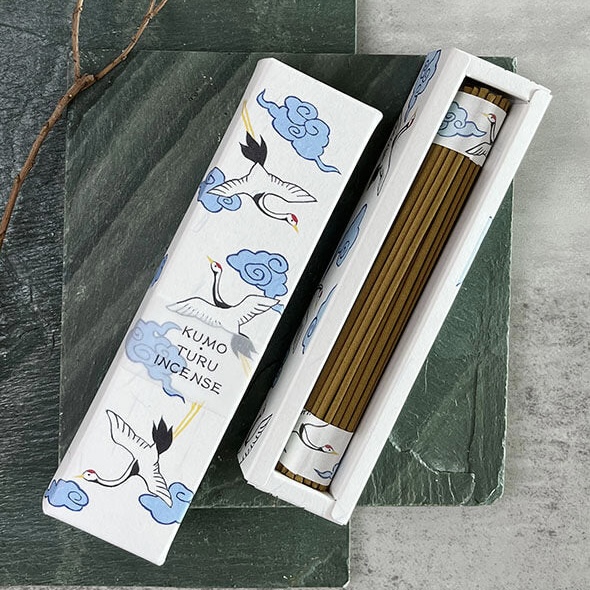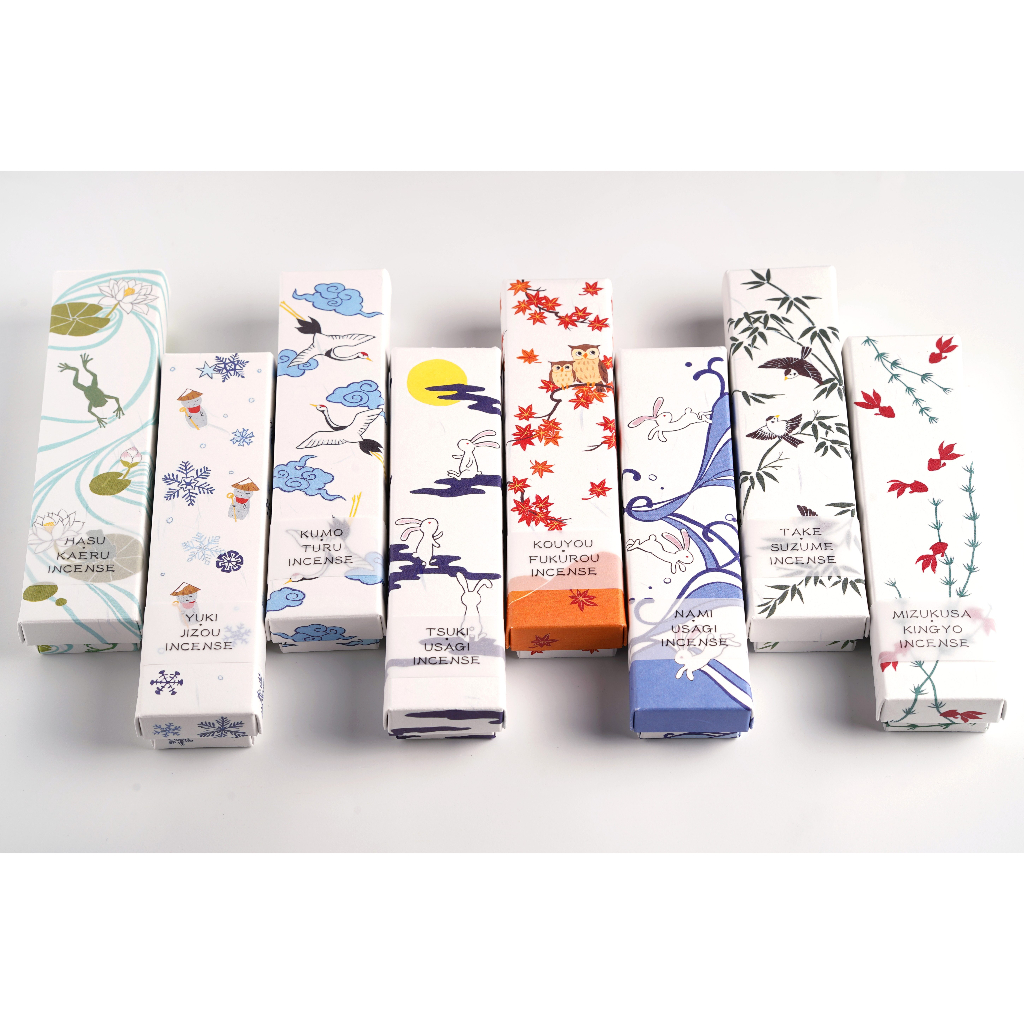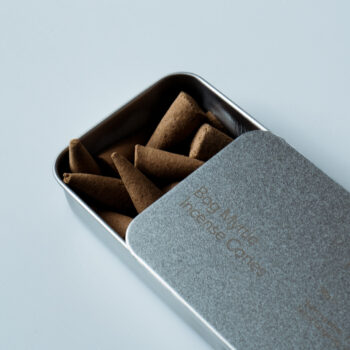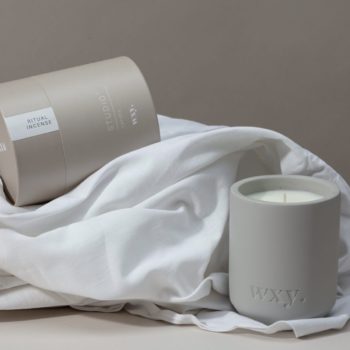Hasu Kaeru
Fresh and uplifting, the lotus flower (hasu) is a symbol of purity, enlightenment, and rebirth in Japan. Despite growing in muddy water, the lotus rises above the surface to bloom beautifully, representing the ability to overcome obstacles. Frogs (kaeru) are often associated with good fortune, protection, and safe returns. The word ‘kaeru’ is also a homophone for the verb ‘to return’ (帰る), making frogs symbols of safe journeys and homecomings in Japanese culture.
Hina Sakura
A soft fragrance reminiscent of the cherry blossom (sakura) toned cheeks of Japanese Hina dolls. Hina dolls are displayed by families during Hinamatsuri (Doll Festival) on 3rd of March each year, to celebrate the health and happiness of the daughters of the family. Families typically display the same dolls each year which are passed down generations. The dolls represent the Emperor, Empress, and their court, and are said to protect children from evil spirits and bad health. Green, pink, and white are the colours of Hinamatsuri: white represents the snow of winter, green represents new shoots coming to life, and pink represents the cherry blossoms of the spring.
Kouyou Fukurou
The calming woody aroma of an autumnal Japanese forest. In Japanese culture, owls (fukurou) are considered symbols of wisdom, protection, and good fortune. ‘Kouyou’ refers to the phenomenon of leaves turning into vibrant shades of red, orange, and yellow in Autumn, symbolising the beauty of change and impermanence of life. This natural event is highly celebrated in Japan, much like the cherry blossoms in spring. Together, owls and autumn leaves can represent the wisdom to appreciate life’s transient beauty and the protection of good fortune through life’s changing seasons.
Kumo Turu
The soothing, ethereal aroma of cranes (turu/tsuru) flying among the clouds (kumo). The crane is one of the most revered symbols in Japanese culture. According to Japanese folklore, cranes are said to live for a thousand years, making them potent symbols of a long life. As monogamous birds that mate for life, they also symbolise marital fidelity and commitment. Clouds (kumo) symbolise the connection between the earthly realm and the spiritual world, whilst representing the concept of impermanence: the transient nature of life. In Japanese literature, cranes flying among clouds are often used as metaphors for unattainable ideals, spiritual elevation, or the pursuit of a higher purpose.
Mizukusa Kingyo
A cool and refreshing scent reminiscent of the traditional Japanese imagery of flowing water plants (mizukusa) and gracefully swimming goldfish (kingyo), capturing a sense of tranquility, movement, and balance. Goldfish were introduced to Japan in the 16th century and they were initially kept by the elite. Today, they are associated with wealth, prosperity, and refinement – their bright, shimmering appearance symbolising abundance and good fortune.
Take Suzume
In Japanese culture, sparrows (suzume) and bamboo (take) are both prominent in Japanese folklore and literature, sparrows often symbolising small, humble creatures, while bamboo can represent resilience and flexibility. Sparrows are seen as messengers of joy and happiness, their cheerful presence bringing good fortune to those who encounter them. It is considered auspicious to have sparrows nest near your home or garden. These incense sticks are reminiscent of the clean aroma of green bamboo and the cheerful sparrow.
Tsuki Usagi
Based on Japanese folklore story about how a rabbit (usagi) came to be on the moon (tsuki) after a selfless encounter with the Moon God. Today, if you look up at the full moon, you can see the outline of the rabbit pounding mochi up there. This fragrance is inspired by a bright full moon on a still night, and the good fortune associated with rabbits, and in particular, the rabbit who befriended the Moon God.
Ume Uguisu
The Japanese bush warbler (uguisu) is an auspicious bird that heralds the arrival of spring. It is said that just hearing its song brings good fortune. There is a classic literary association between the Japanese bush warbler’s first song and Japanese plum (ume) blossoms, which together indicate the New Year. The fragrance is reminiscent of the softly sour sweetness of Japanese plum blossoms.
Yuki Jizou
Japanese Jizo (womb of the earth) statues are made in the image of Jizo Bosatsu, guardian deity of children and travellers. Jizo statues in Japan are made out of stone, which is said to have a spiritual power for protection and longevity that predates Buddhist beliefs. A kind and patient deity, the statues are often found along rural trails covered in moss or snow. This soft fragrance is inspired by the calm of falling snow (yuki) on these gentle protectors.
![]() Click & Collect
Click & Collect












